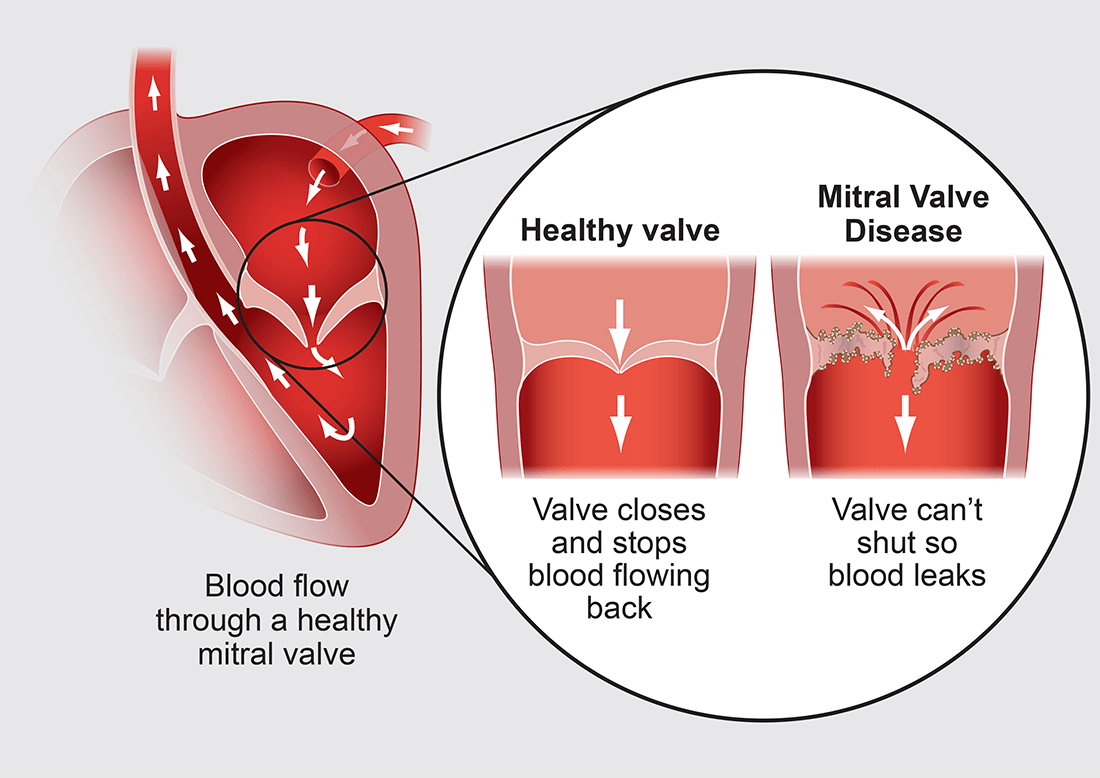Important to Know: Mitral Valve Disease in dogs
Authored by Kat Hull
Understanding Mitral Valve Disease in Dogs
Mitral Valve Disease (MVD) is one of the most common heart conditions seen in dogs, particularly in smaller breeds. As a progressive disease, it can significantly impact a dog’s quality of life if left undiagnosed or untreated. This article will help to inform you about this important condition to help ensure early detection and effective management.
What is Mitral Valve Disease?
The mitral valve is one of the heart’s key components. It is responsible for ensuring blood flows in the correct direction between the heart’s chambers. In MVD, the valve becomes thickened and deformed, causing it to leak. This leakage leads to a backflow of blood, which means the heart has to work harder, eventually leading to heart enlargement and ultimately heart failure.
Which Dogs Are Most at Risk?
MVD is most common in small to medium-sized breeds, with Cavalier King Charles Spaniels being particularly predisposed. Other breeds, such as Dachshunds, Poodles, and Chihuahuas, are also at higher risk. While the disease typically develops in middle-aged to older dogs, it can occur earlier in breeds with a genetic predisposition.
Recognising the Signs
In the early stages of MVD there are no obvious clinical signs that you would see at home, which is why regular veterinary check-ups are crucial for detecting this disease in the earlier stages. In most cases, a heart murmur detected during a routine examination is the first indication of MVD.
As the disease progresses, you may start to notice symptoms at home such as:
Reduced exercise tolerance
Laboured or rapid breathing
Persistent coughing, especially at night or after exercise
Loss of appetite and weight loss
Fatigue or weakness
Diagnosis and Management
If MVD is suspected, we will recommend further diagnostics, usually in the form of a cardiac ultrasound (echo) and chest X-rays. These help to confirm the diagnosis and assess the severity of the disease. ECG and blood tests may also be performed.
While MVD cannot be cured, it can often be effectively managed. Treatment typically includes medications to reduce fluid build-up and improve heart function. In some cases, dietary adjustments and exercise modifications may also be recommended.
The Importance of Early Detection
The earlier MVD is detected, the better the outcome for your dog. Regular veterinary check-ups, particularly for at-risk breeds, are essential. By catching the disease early before any symptoms of heart failure, we can implement a management plan and medications to help slow its progression and enhance your dog’s quality of life.
How We Can Help
At Horner Vets our team is dedicated to providing the best care for your pets. If you’ve noticed any signs of heart disease, if a murmur has been detected previously in your pet or if you have a breed at higher risk, we would encourage you to book an appointment. Together, we can work to keep your dog’s heart healthy and strong.



